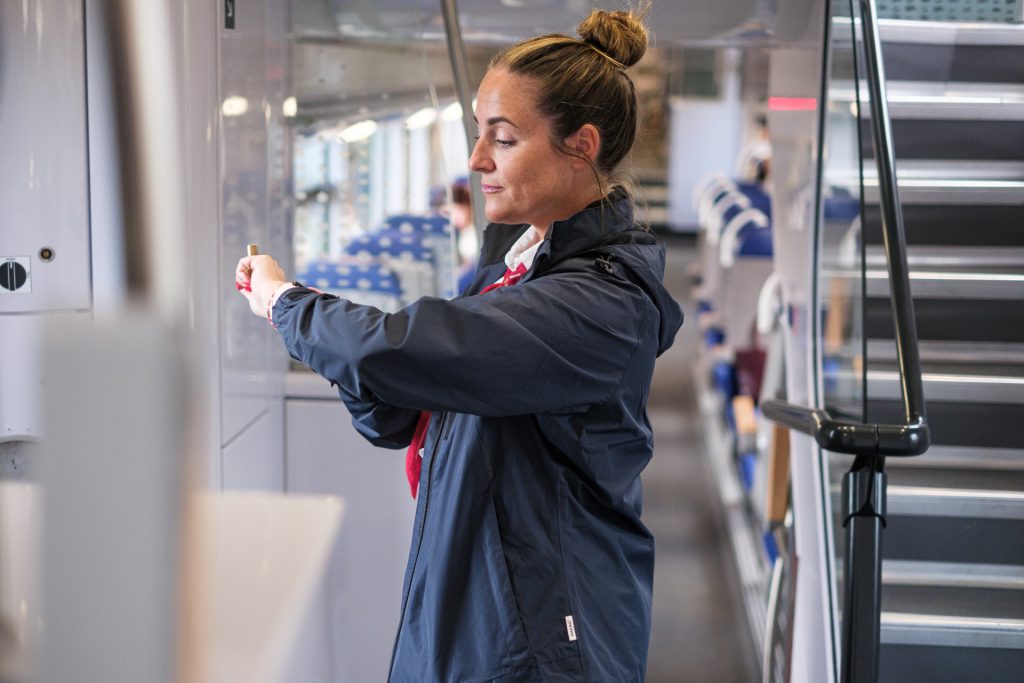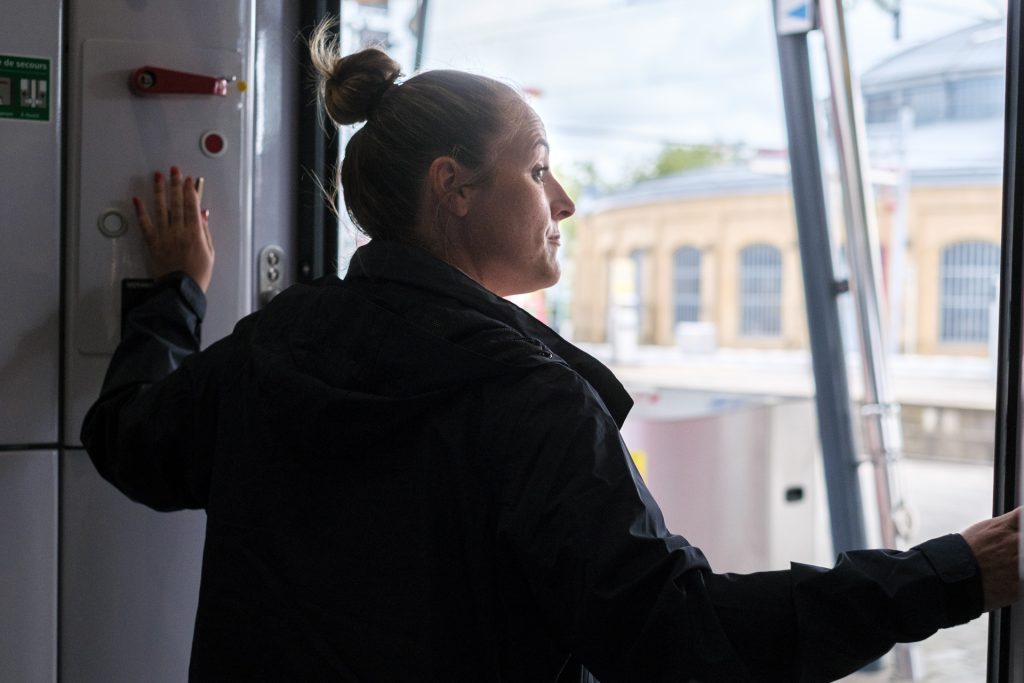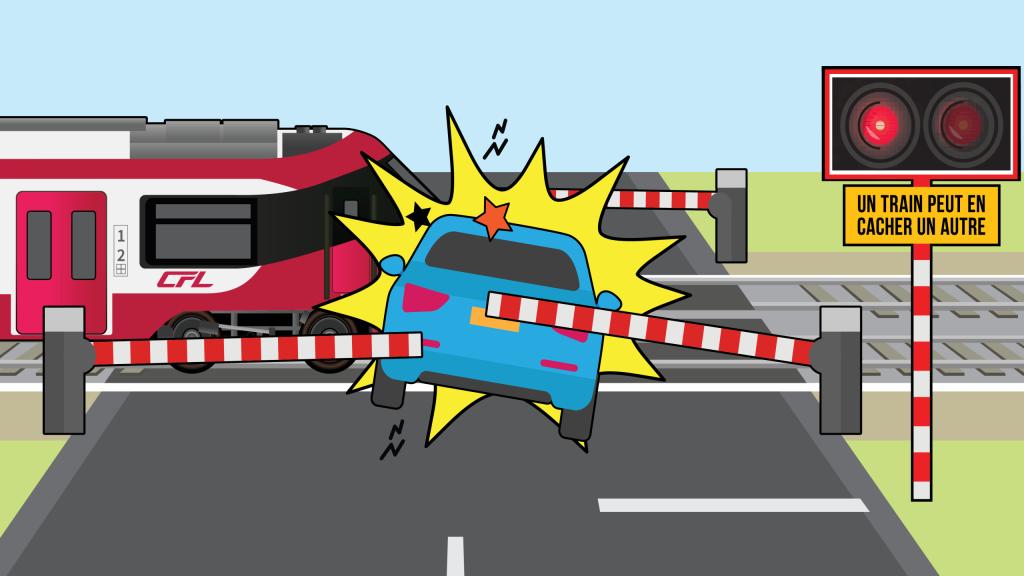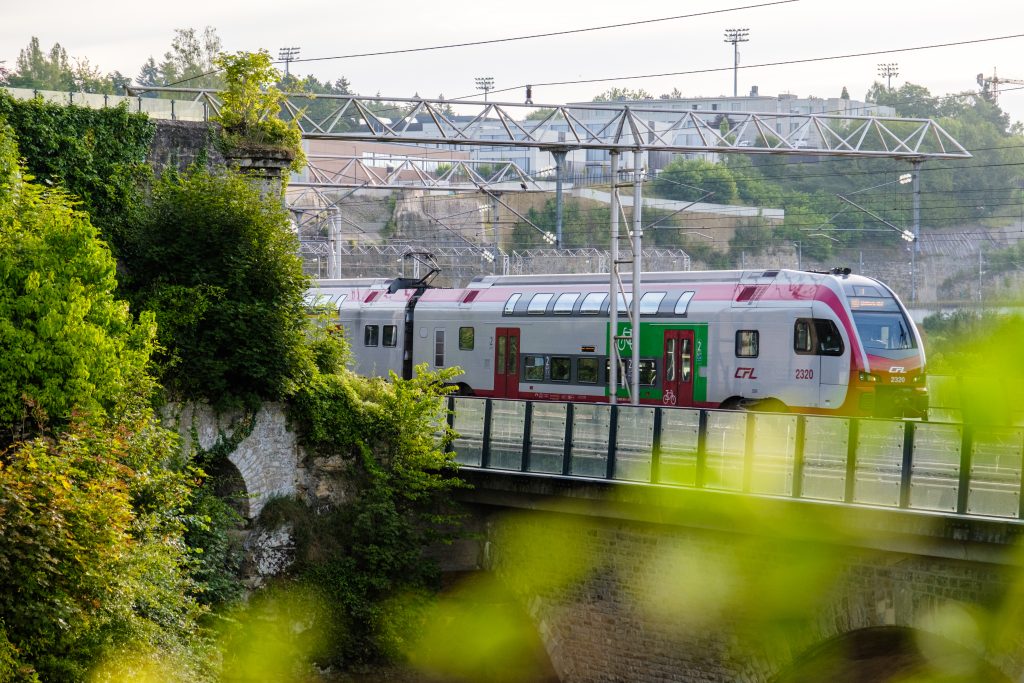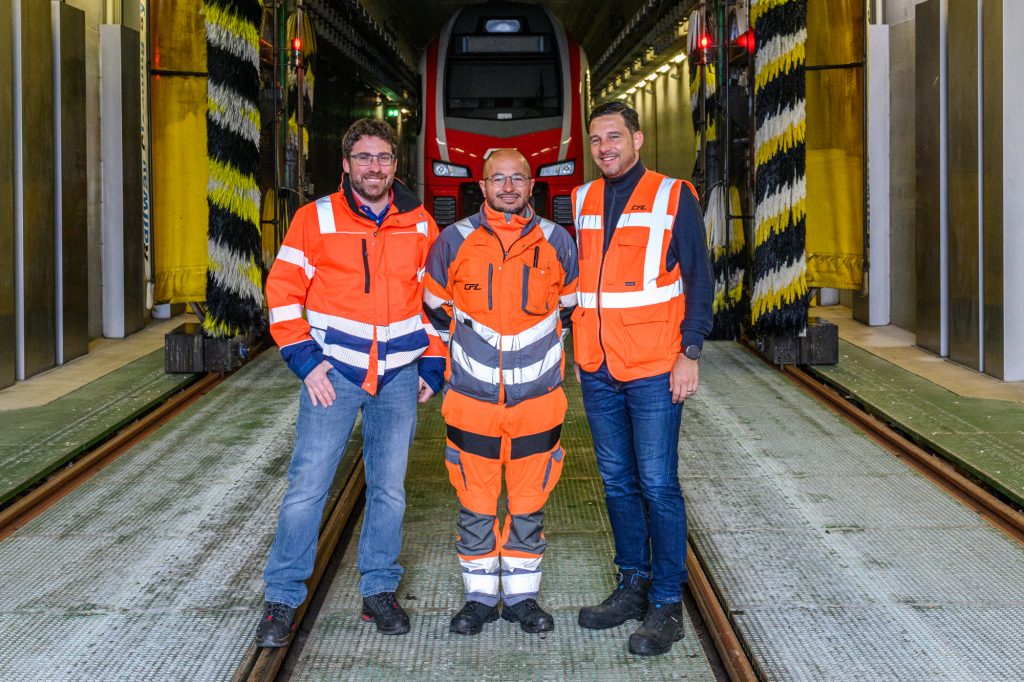
By the time the whistle blows on the platform, it’s already too late…
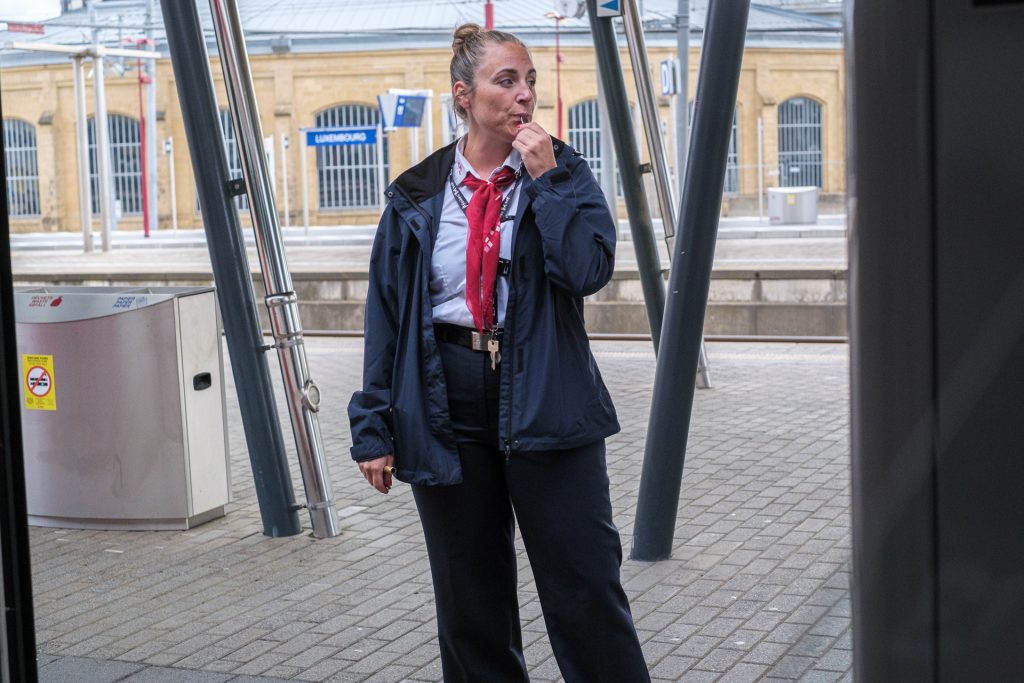
The well-known whistle on the platform irrevocably stands for the departure of a train. But under what conditions can this whistle be carried out by the train attendant? With the following explanations, you will never hear this sound in the same way again.
In short: running at the last minute is useless, it is better to board the train in time and above all safely. As safety is the first priority, it is precisely the latter that guides the train attendants and the train drivers during the departure stage.
Even though the familiar whistle stands for the train’s imminent departure for many passengers, the well-known sound primarily stands for the completion of a six-step process that the train attendant carries out in close cooperation with the driver in order to give the train permission to depart:
- coordinating with the train driver to prepare the train for its first journey out of a station or shunting yard. Together, the configuration and individual characteristics of the train are discussed, and the safety conditions of the train are checked, including the testing of the braking system according to the specified safety standards.
- the check with the conductor who accompanied the train on the previous journey. This is a key moment, especially to know about possible minor problems that did not affect the safe (continuation) of the train during the previous journey, or the need for an additional unplanned stop at a station during the train journey. Information related to connecting trains or customers with specific needs, such as customers with reduced mobility or passengers travelling in groups, is also part of this exchange.
- train attendants are also available to assist customers on the platform at least 5 minutes before the scheduled departure. This allows them to pay special attention to customers travelling in groups, on bicycles or with reduced mobility. At the same time, the train attendants are also available to all customers in case they have any questions. An indispensable presence that makes an important contribution to the quality reputation of our service and a service that is very much appreciated by our customers.
- then it is finally time and the train attendant gives the driver permission to (continue) the journey (permission de mise en marche), of course only if the train is ready and the respective signal authorises the (continued) journey. 15 seconds before the departure time, a whistle sounds, 5 seconds later the collective closing of the doors, except for the one in which the train driver is at that moment. The closing of the doors, which is accompanied by an acoustic signal, also means for late customers that any attempt to open the doors is no longer possible.

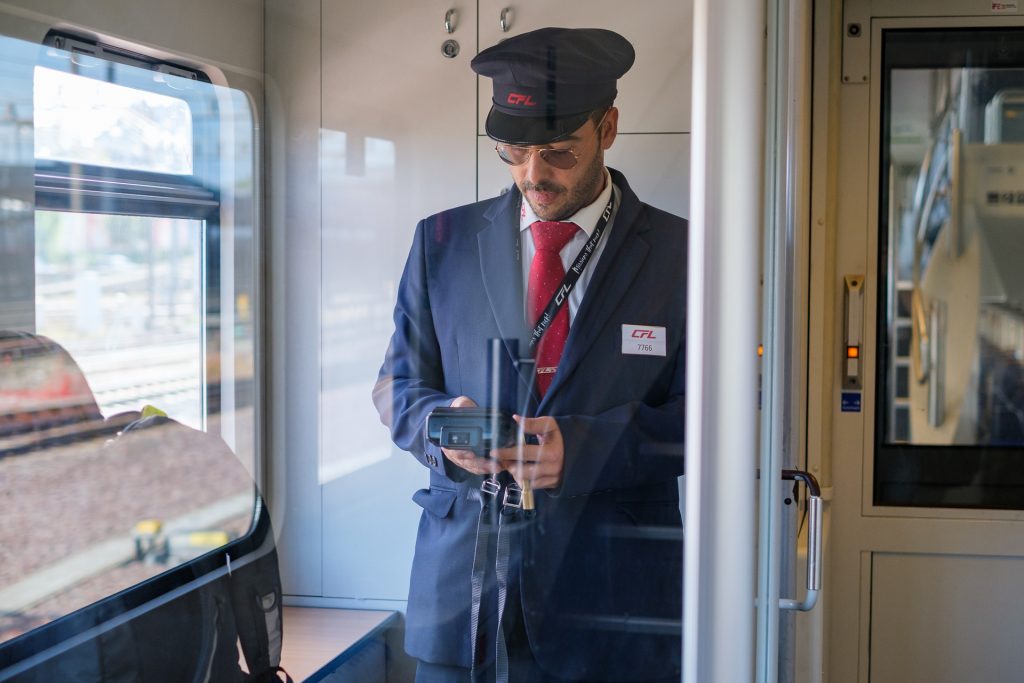

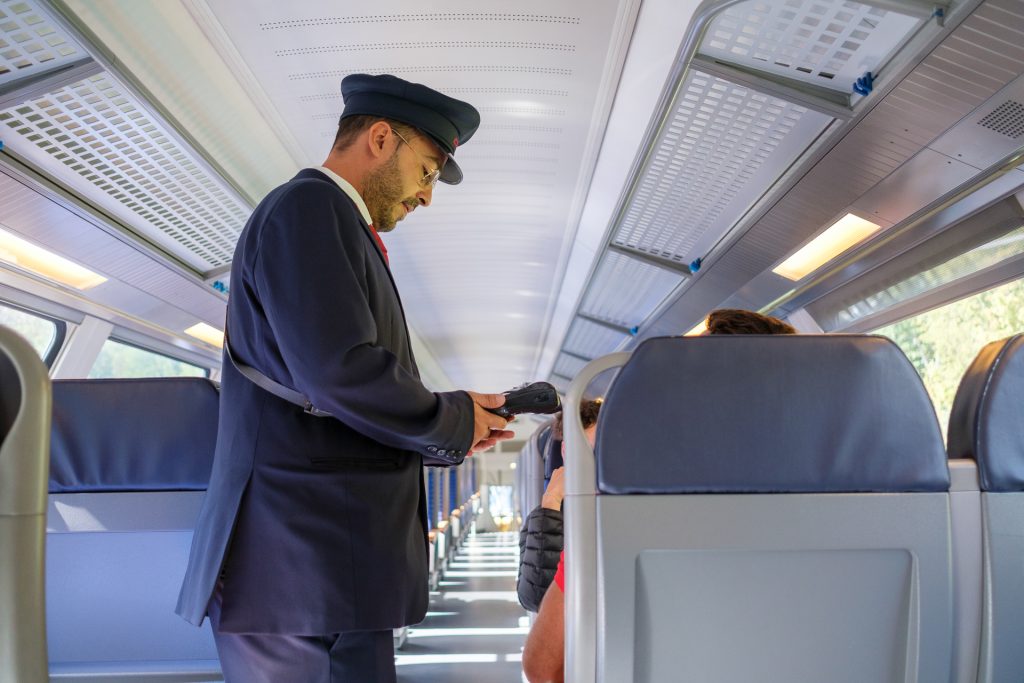
One piece of advice: If you have already heard the attendant's whistle, it is best to take the next train. This is safer than a five-second sprint, which can be potentially dangerous not only for you (for example, in case of a stumble or misfortunate step between the train and the track) but also for other customers in case of a jostle.
- When the time of departure has come and the train attendant has made sure that the required order is maintained on the platform, the train attendant gives the train driver permission to depart. At the same time, the train attendant locks the last door (the one he is standing in) and the train departs in the following 10 seconds.
- In the case of unplanned incidents, a train may remain on the platform for longer than the planned 10 seconds. This is the case, for example, when the driver is instructed by the interlocking to delay the (onward) journey. If the train is not able to proceed within 20 seconds, the authorisation procedure for the (onward) journey must be renewed. In all cases, every second that elapses is used to respect the safety procedures and to allow the best possible journey.
Throughout the journey, the train attendant is responsible for monitoring the train and safety on board. This applies, among other things, to boarding and disembarking from the train or the correct stowage of luggage. After the train arrives at the next station, the train attendant goes to the platform to ensure that the conditions for a safe continuation of the journey are in place.
On average, a stop in a station or at a stop takes just under a minute. To ensure that nothing stands in the way of your onward journey and that a sprint is unnecessary, it is always advisable to allow a little extra time so that you can board the train on time and, above all, safely.
Have a good journey !

